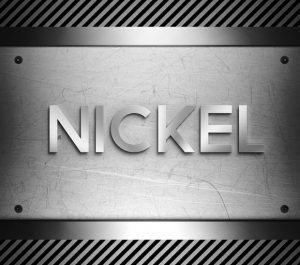Solid stainless production drives nickel price
When Chinese steel group Tsingshan announced its Indonesian nickel operations would supply matte — a form of the metal used only for stainless steel production — to battery makers back in February, the news undercut the narrative that only refined nickel would be sufficiently high grade for the electric vehicle sector.
The price proceeded to crash. Furthermore, he Chinese government’s decision May 1 to revoke the VAT tax rebate supporting exports of stainless-steel products removed a plank of support for metal exporters in a bid to help domestic consumers.
You want more MetalMiner on your terms. Sign up for weekly email updates here.
Nickel narrative
From a bear narrative of oversupply in the first half of this year the nickel market has swung dramatically to a bull story of rampant demand.
That demand, however, is from solid stainless steel consumption, not from last year’s expectation of battery demand.
China is largely driving the nickel price. A technical squeeze on the SHFE and strong physical demand, manifested by rising imports, are supporting the price.
A Reuters report explains how SHFE inventory had fallen to just 4,455 tons at the end of August. That marked its lowest level since the contract began in 2015.
The post goes on to report that domestic refined nickel cathode supply has been constrained this year, falling 16% in the first seven months of 2021. Imports of Russian nickel have similarly collapsed to less than half of imports during the same period of 2020.
Nickel supply picture
But despite some supply failures, this isn’t a story of constrained supply.
Refined metal imports from elsewhere have surged. Those imports are up 48% year over year to 109,000 tons between January and July. Raw material feed in the form of ferro nickel is also up 17%, including nickel pig iron from Indonesia up 22%. Nickel ore imports, largely from the Philippines, are also up 25%. Nickel matte is up 73%, while intermediate products rose 48%.
LME inventory has been sucked towards China with inventory. Levels have fallen from over 264,000 tons in April to 181,000 tons currently, but additionally with 35% of that marked for withdrawal.
Not surprisingly, both the LME and, particularly, the SHFE are experiencing front month squeezes. Prices for prompt delivery are higher than three months, known as backwardation.
Speculators have piled in. That has pushed the SHFE to a life of contract high. In turn, that has set up the arbitrage window to the LME that has sucked metal eastwards.
But how far has it got to run?
Stainless demand is strong in North America and Europe as well as China. Like all semi-finished metal prices this year, a part of that price strength is due to a number of factors. The global recovery, widespread logistics delays and rapid supply chain restocking have all played a part. That last factor is, no doubt, self-fulfilling. As prices rise, consumers along the value chain tend to overbuy to avoid further prices rises.
At some point, metal prices for aluminum and stainless will reverse, as we are already seeing for steel. The question is when that reversal will take hold.
More MetalMiner is available on LinkedIn.



Leave a Reply